Completion of Clean Water Project in Kikimi–August 2018
I. GOALS AND OBJECTIVES
Our initial goals were to drill a well equipped with a solar pump, a water tower with 2 cisterns (2x5m3) and 2 water fountains in Kikimi on Espoir Congo site which has a primary school, a secondary school and a medical center.
Our objectives were to give access to clean water to 350 students, over 500 medical patients, 100 women in our maternity and about 3000 inhabitants.
Thanks to the prayers and support of many friends, these goals and objectives have now been reached. We would like to also thank Optimum Loop for their outstanding work, including bringing a do-able and green solution to what seemed for years to be an impossible situation.
II. STEP BY STEP DESCRIPTIVE: (see video clips playlist)
A. DRILLING FOR WATER AND INSTALLING BORE WELL PIPES
The drilling equipment had to be rented and brought to Kikimi. Drilling went on for two days, until water was reached. As drilling went further and further down, the passage formed was consolidated so it wouldn’t collapse. A filtering mass (masse filtrante) was inserted into the well and the bottom was cemented. The PVC pressure bore well pipes were inserted, and the drilling head (tête de forage) was installed.
Video clip:
B. WATER FIRST REACHED
Water was reached on the second day of drilling. A temporary pump powered by a generator was used to bring the water up and had to be run until all the pipes were cleaned out. Word spread very fast, and villagers started flocking to our gates with their containers to fetch water. We explained it had to first be tested before they could drink it, but they couldn’t wait.
We sent water samples to two official labs, and both reports came back positive that the water was suitable for drinking.
Video clips:
Woman filling up her containers, cannot wait for water to be tested
C. WATER TOWER
The workers started right away at the end of April to build the foundation for the water tower, which had to dry for 31 days before we could put the metal structure up. In the meantime, the basic structure was being manufactured in town, and was later transported to Kikimi. There it was bolted onto the foundation, and the rest of the metal work was soldered on site.
The cisterns had to be installed on top of the 6-meter-high water tower.
Video clip:
Lifting the water cisterns on top of the metallic structure
D. SOLAR PUMP
The solar pump kit was purchased from Lorentz in France and shipped to Kinshasa. We had to have metal frames made for the 3 photovoltaic panels, which were installed on the roof of the medical center.
The solar pump was installed into the well. Then the controller and selection boxes were installed in the medical center’s equipment room and the electric circuit, along with the earth stake. Then the solar pump was tested with positive results.
Video clip:
Video clip:
Installation of solar pump controller boxes
Video clips:
Solar pump filling up the cisterns
E. WATER DISTRIBUTION
The water distribution comprises water inflow and outflow, bringing water from the well to the water tower (cisterns) and from the cisterns to the two water fountains.
Once the water fountains and drainage systems were built out of reinforced concrete (one for the school and medical center, and another one for the villagers), trenches were dug from the well to the water fountains to install the water pipes.
When everything was installed, we ran the pump for 2 days to test that everything was working well and that there were no leaks. The engineers tested the flow rate of the water and concluded that the capacity of the pump was perfect for this underground water in this location. They instructed us to run it from 8:00 am to 4:00 pm to fill up both cisterns of 5m3 each.
Video clip:
Engineer testing water fountain
F. THE RESULT
Everyone is thrilled: school children, patients and village people who had up till now no access to clean water. It is a dream come true.
Video clips: Joy and gratitude from village women for the clean water.
Woman from Kikimi so thankful for the clean water
First woman to draw water from the fountain
III. SUSTAINABILITY OF THE PROJECT
A minimal financial contribution of 50 Congolese Frances per 25 liters is required of the villagers to draw clean water and is being managed by our project partners to cover the maintenance costs of the well: solar pump, photovoltaic panels, water tower and cisterns, water fountains. Chlorine will also be needed to keep the cisterns free of germs. The maintenance of the well will be overseen by Espoir Congo, with the supervision of our local project partners.
We are at present building a special entrance for the villagers, so they can come and fetch water from the water fountain without disturbing the school activities or the medical center on the premises.
IV. CONCLUSION
Installing a well with a solar pump is a dream come true for the population, who came rushing as soon as water was first reached and could not even wait for it to be tested. It is going to better the living conditions of the population of Kikimi, and not only of the orphaned and vulnerable children. Access to clean water will result in a healthier population: kids will study better, parents will work more effectively, mortality will decrease, and the standard of life (HDI) will increase. Giving access to clean water to the village of Kikimi is therefore helping towards our goals of improving health and fighting poverty.
Using this innovative green technology (solar pump) is setting an example which can easily be implemented in other villages in the DRCongo and throughout Africa, without any pollution or engaging the use of costly and polluting fuel. It is ensuring a continuous supply of clean drinking water.
Thank you for making this project possible, thus making it possible for give clean water to this village, including our primary and secondary school and our medical center. Truly, you have helped change this part of the world and given new hope to this population, proving that someone cared. May God richly bless you. What better investment could there be than providing clean water for people, education for the children, and healthcare for everyone in rural Africa? If every village in developing countries would be given these basic necessities, less people would want to migrate to Europe or the States.
V. ONE YEAR LATER: Watch video clip here



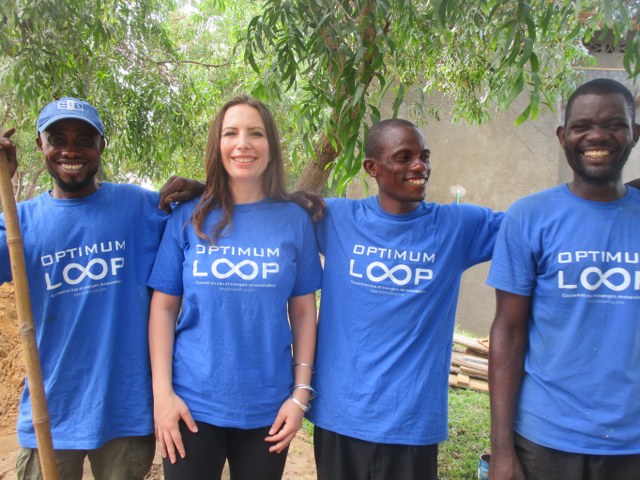
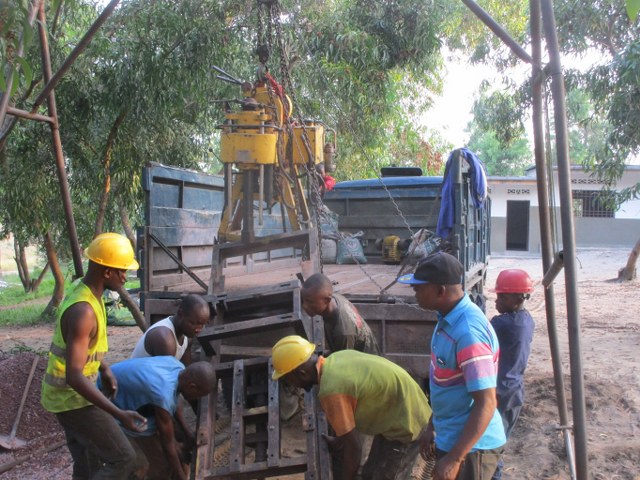
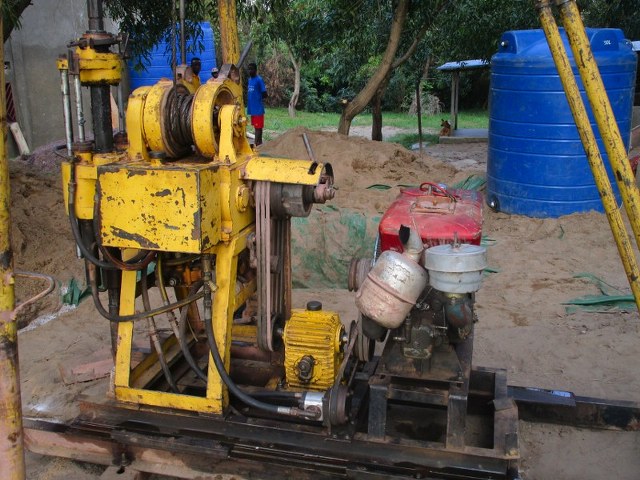
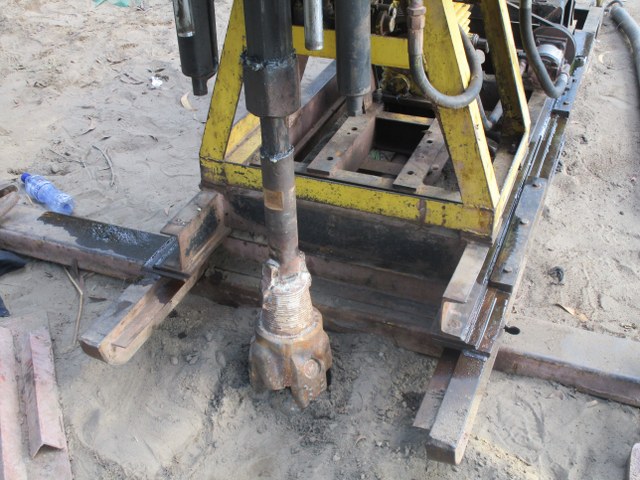
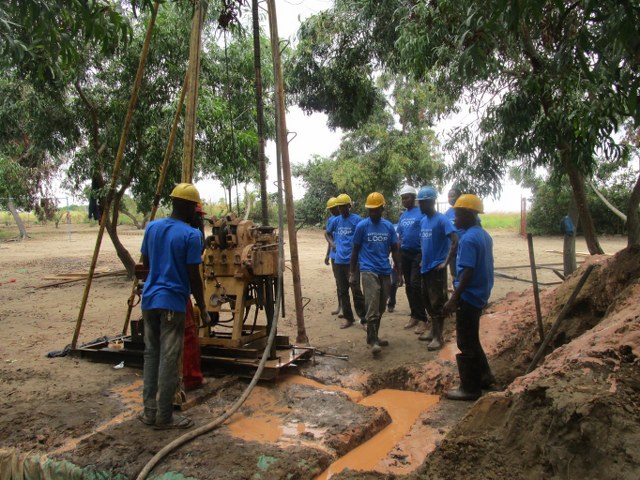
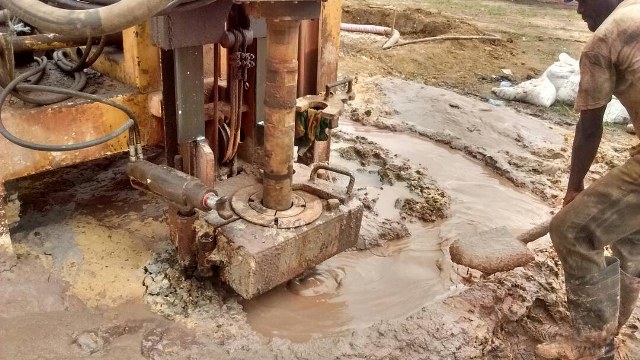
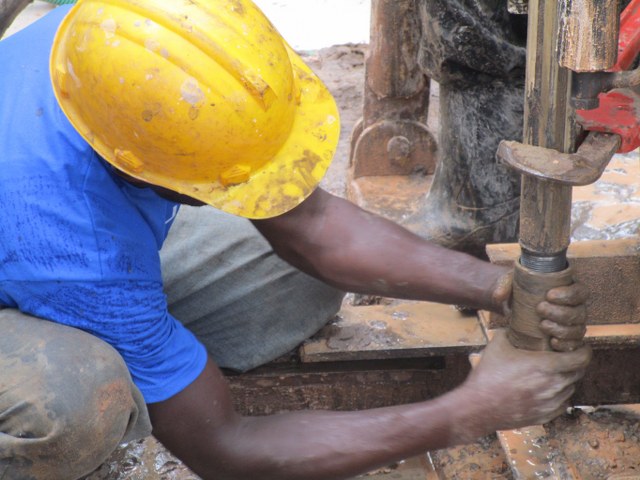
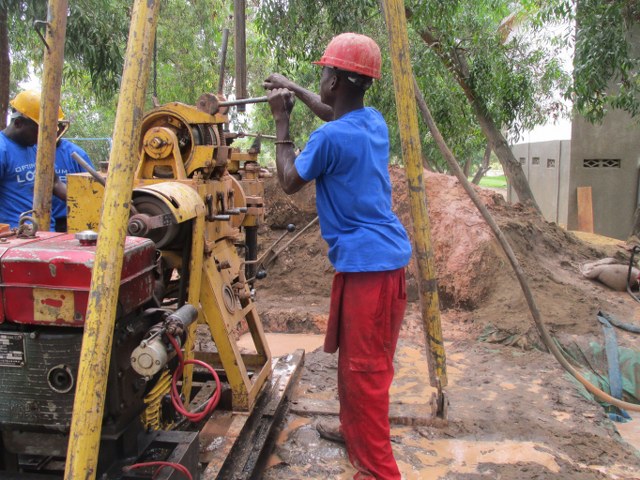
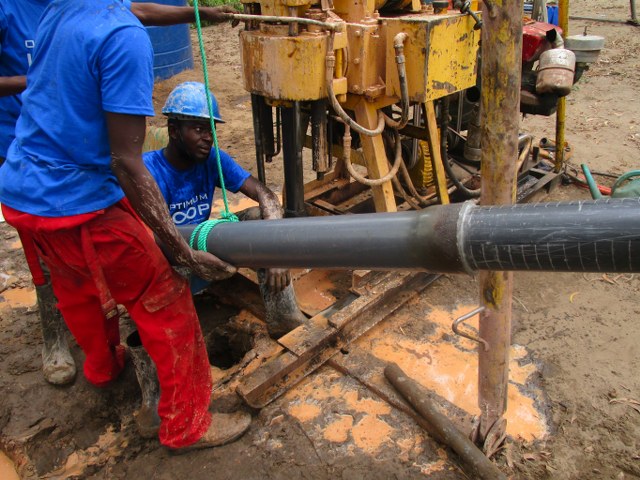
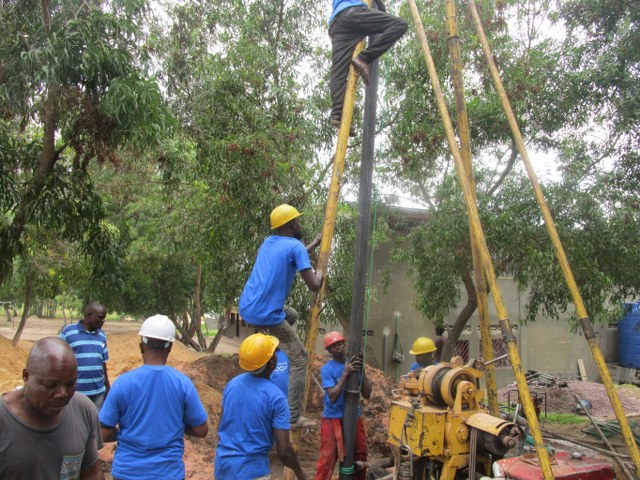

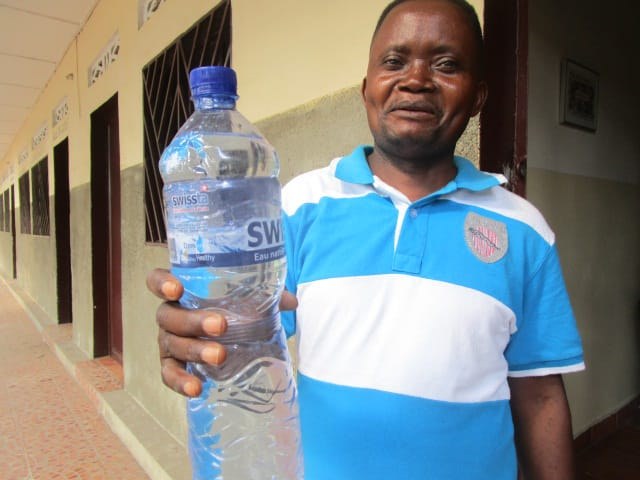
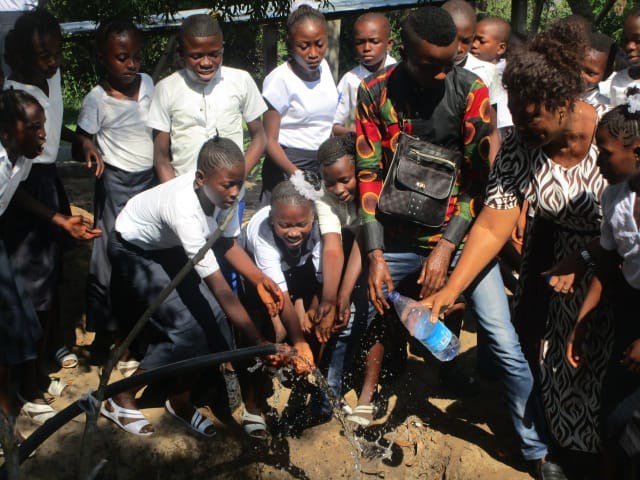
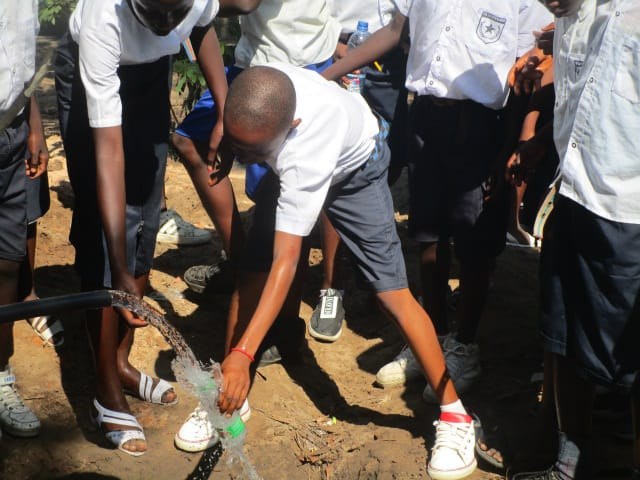
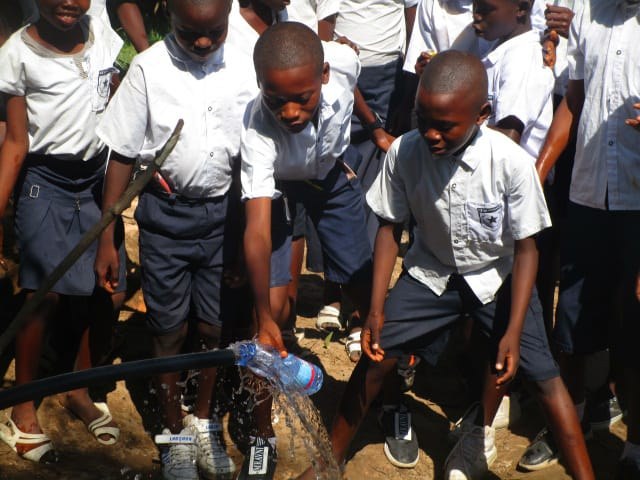
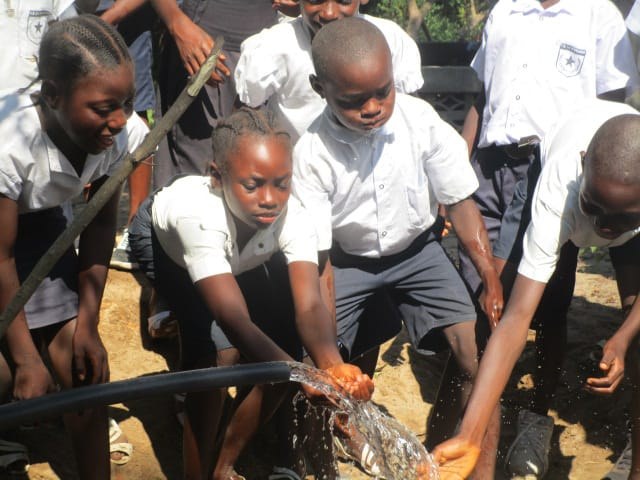
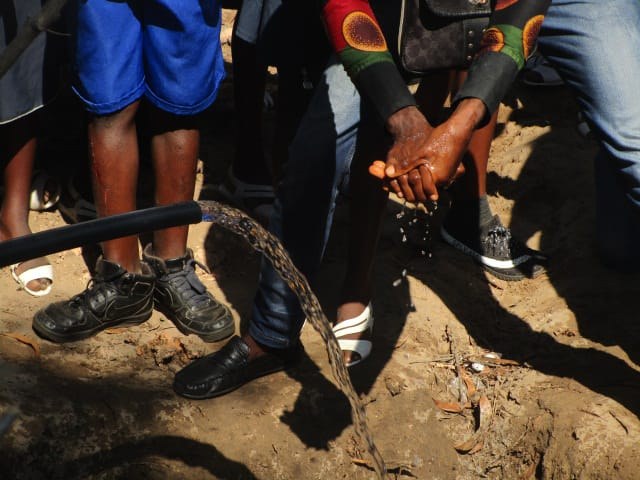
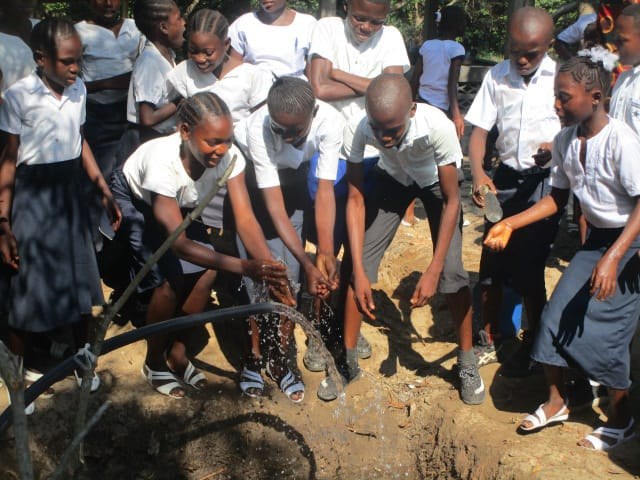

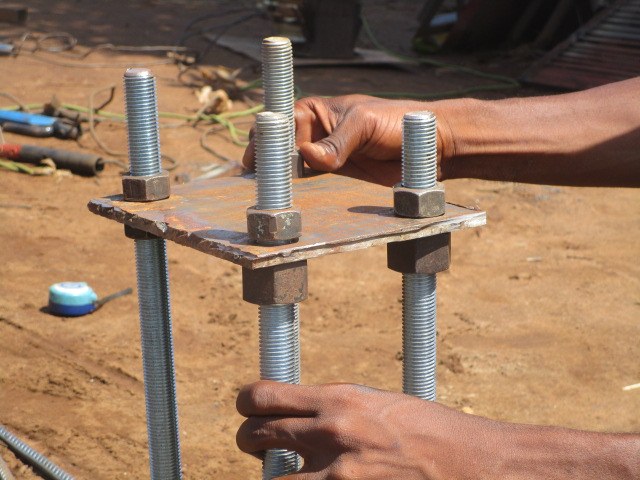
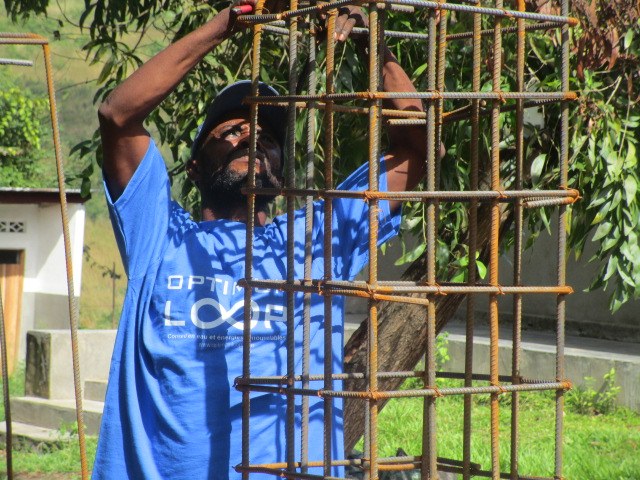
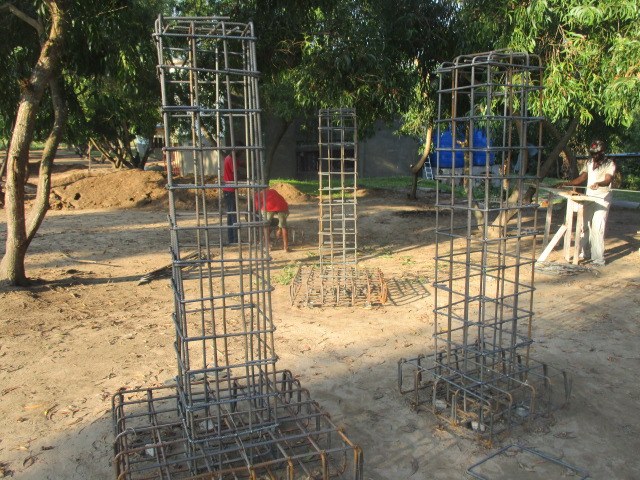
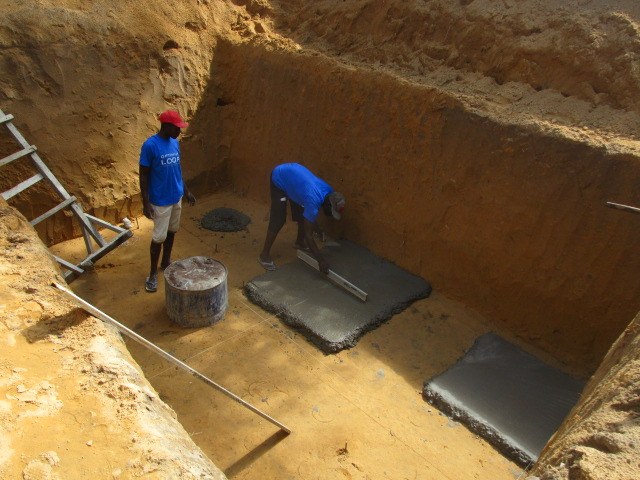
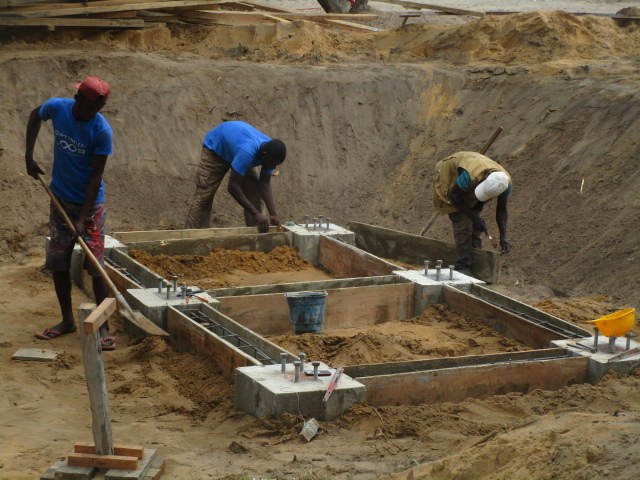
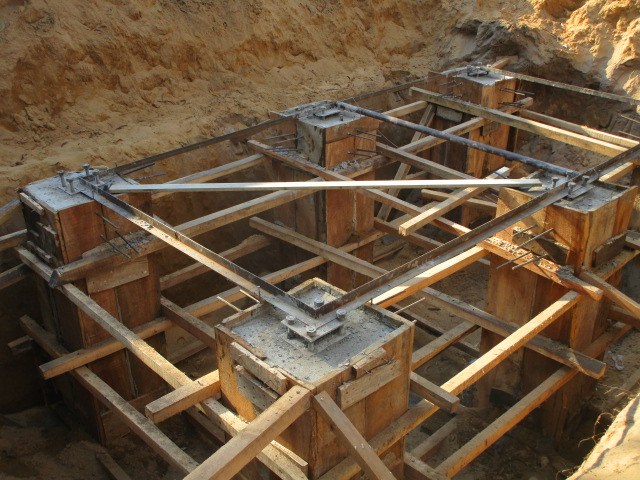
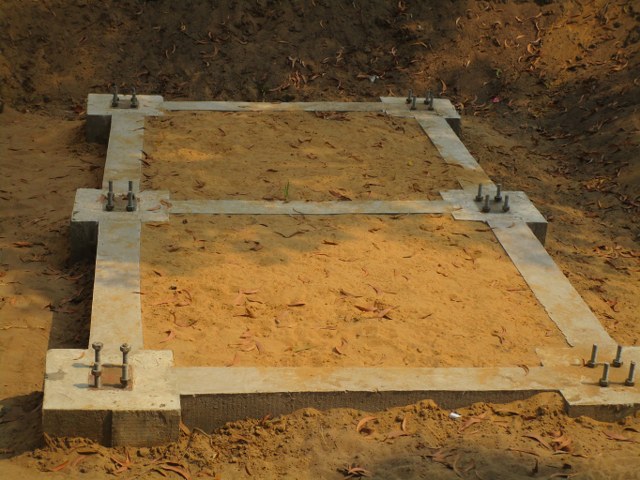
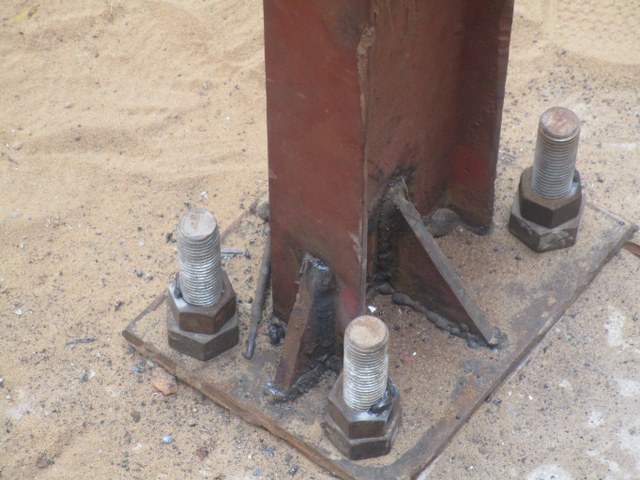
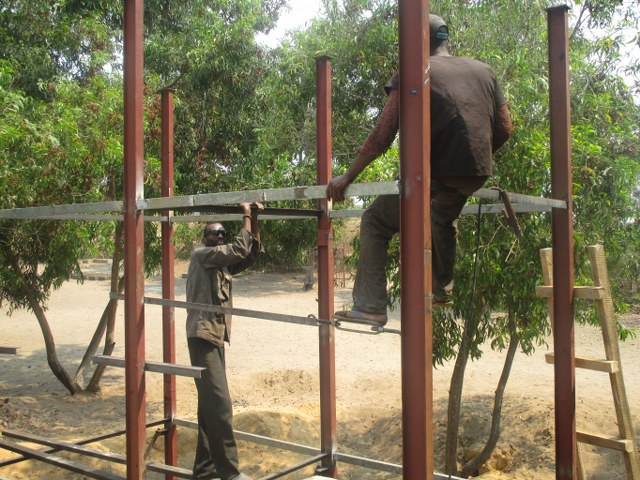

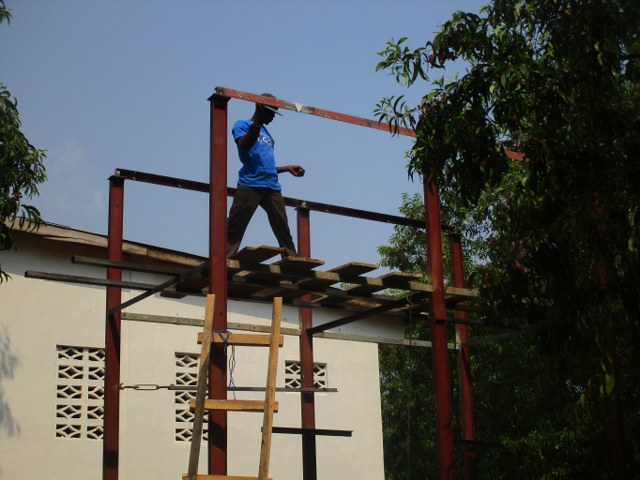
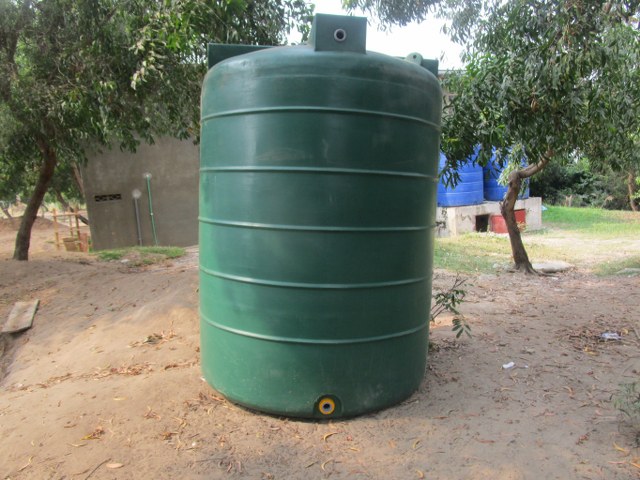
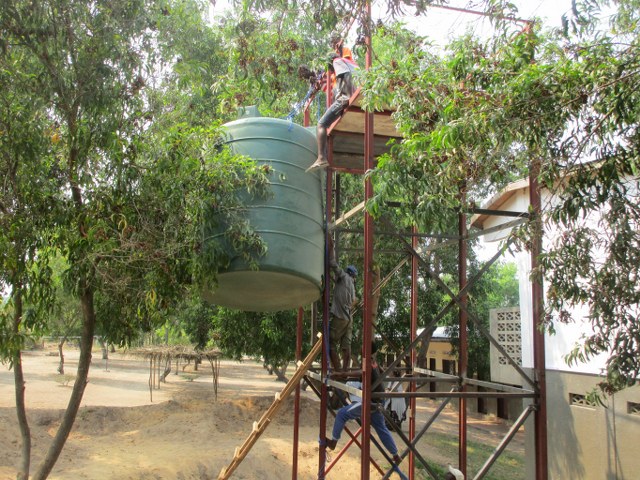
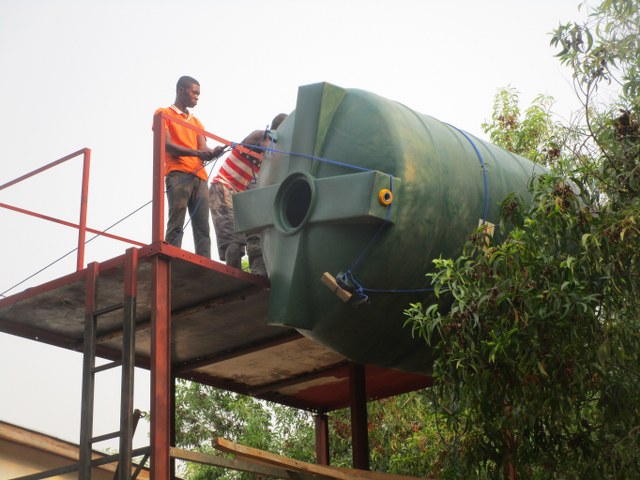
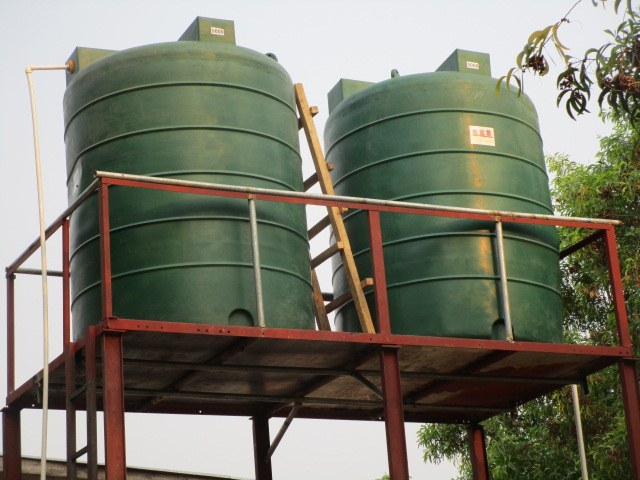
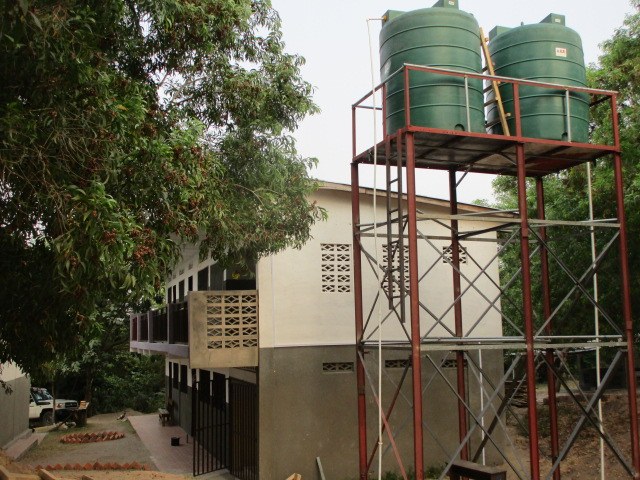
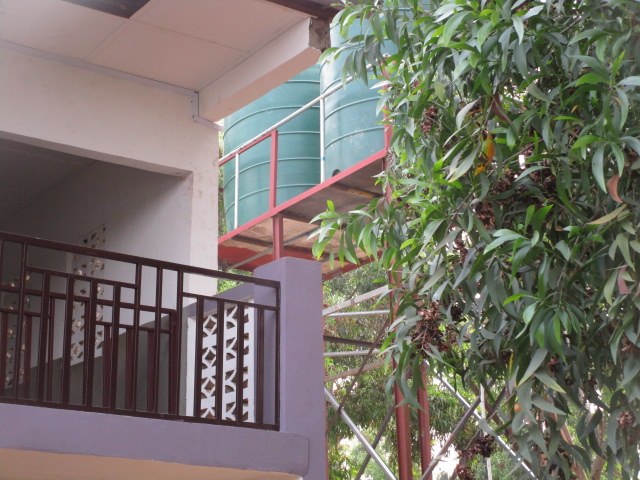
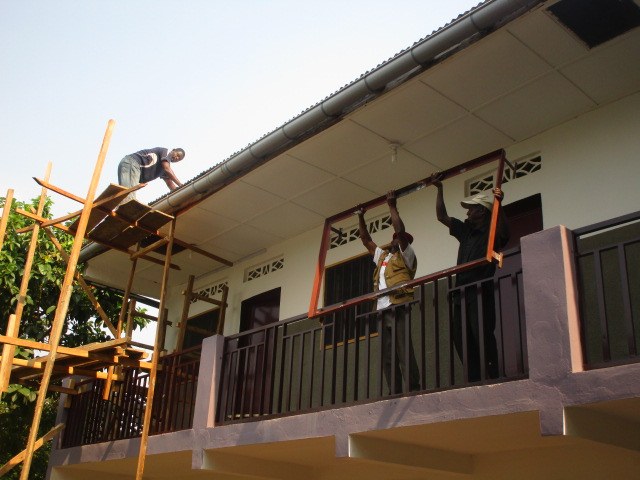
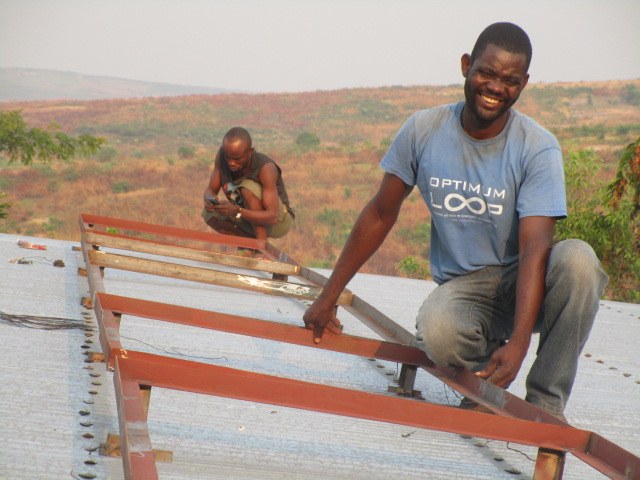
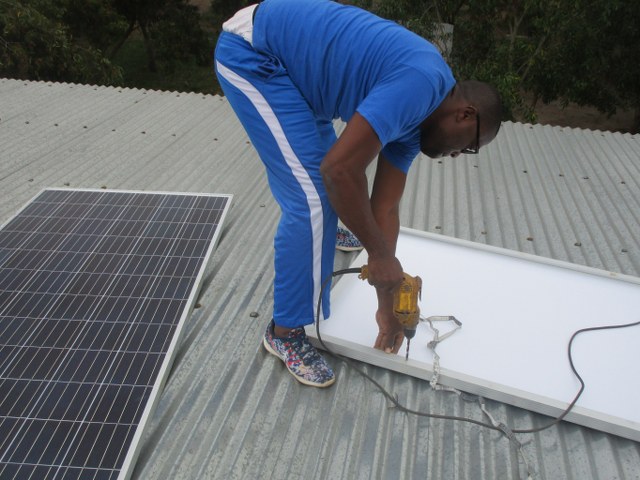
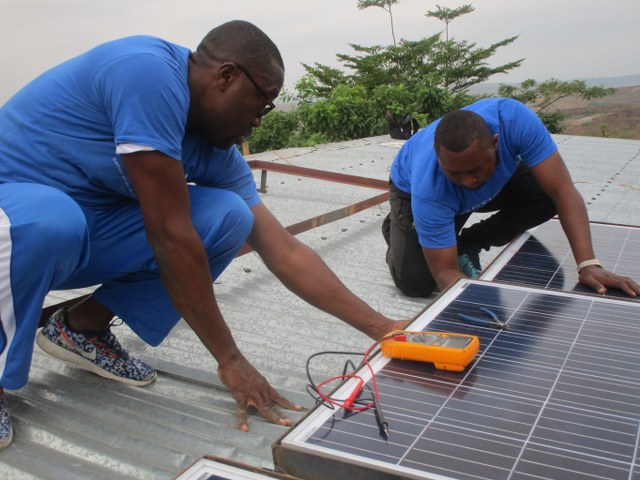
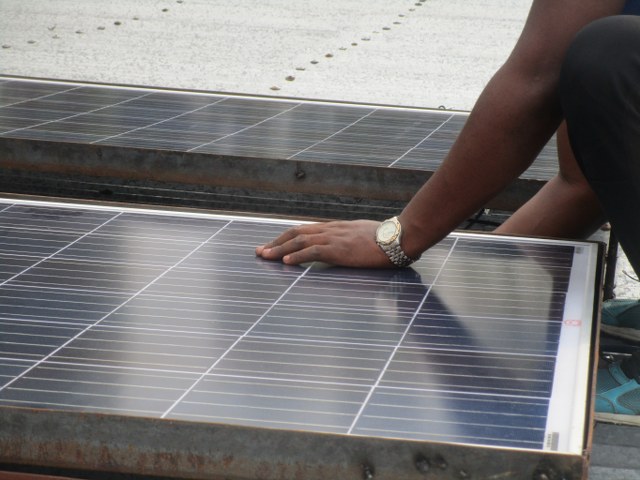
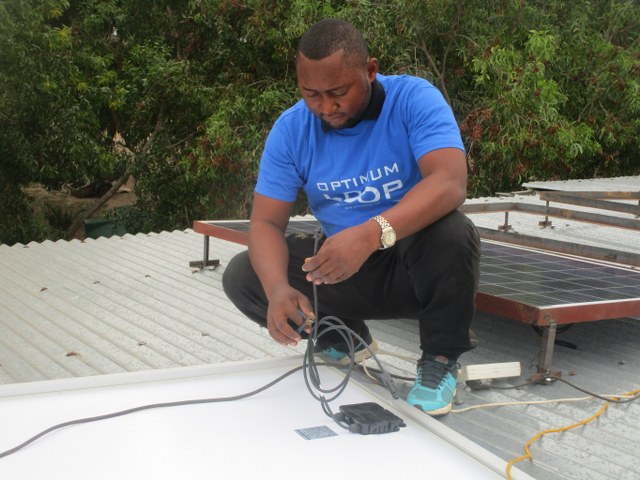
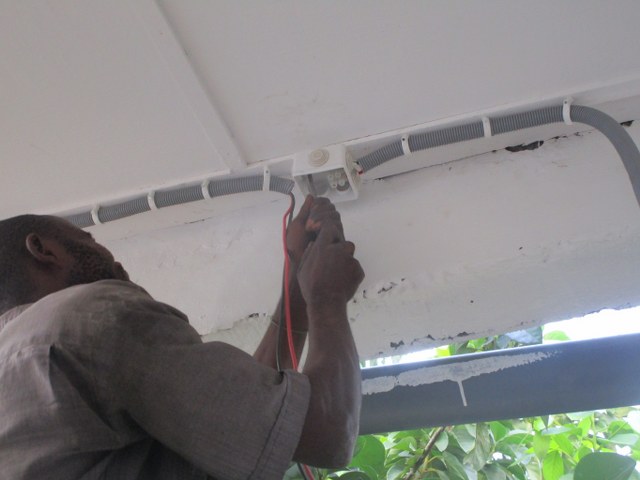
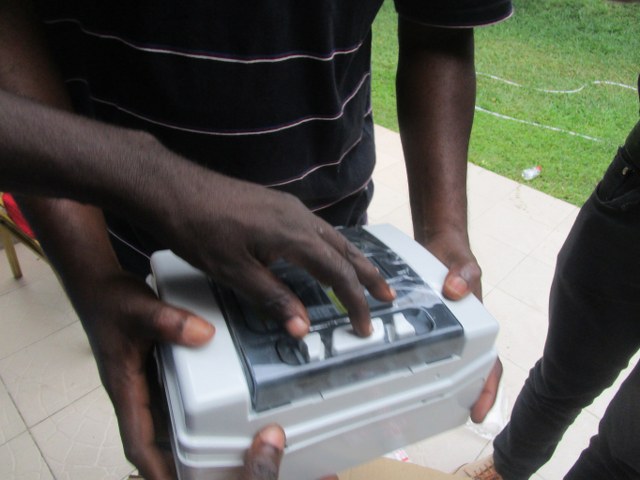
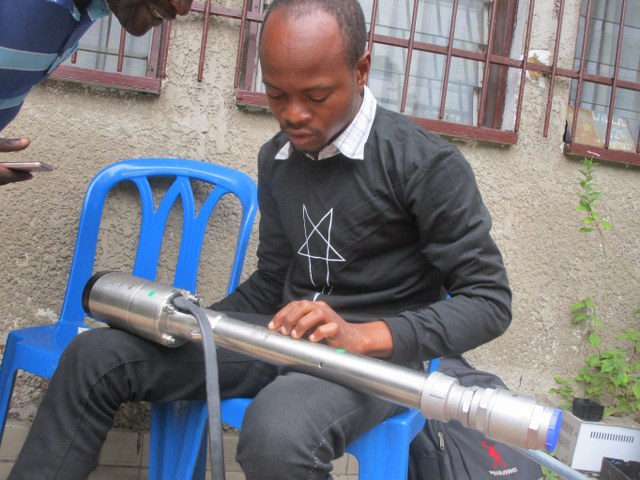
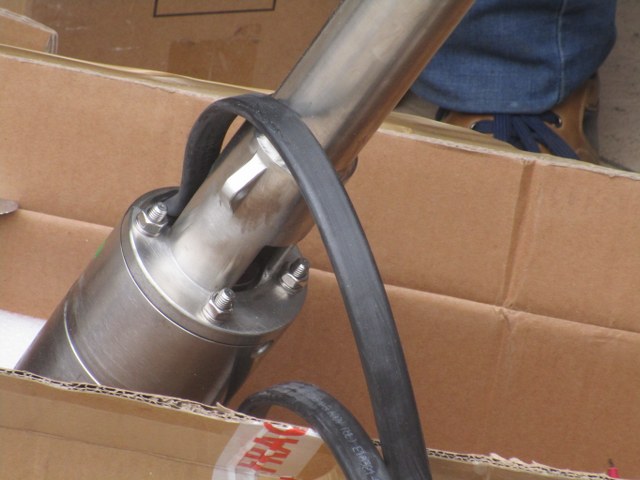
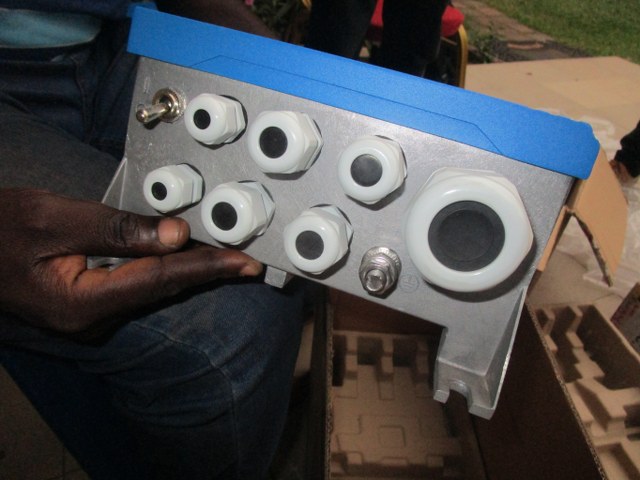
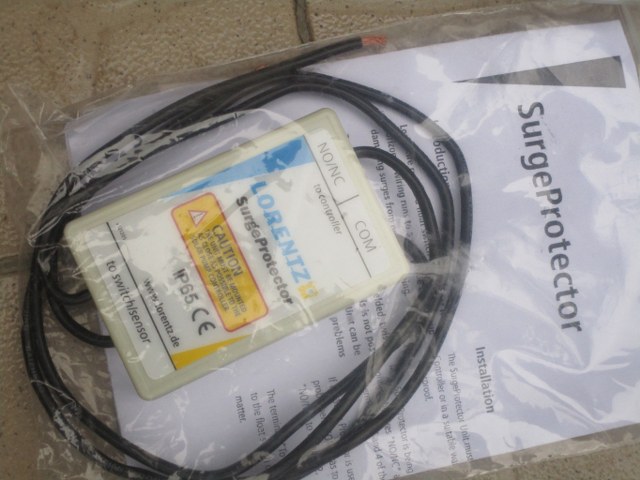
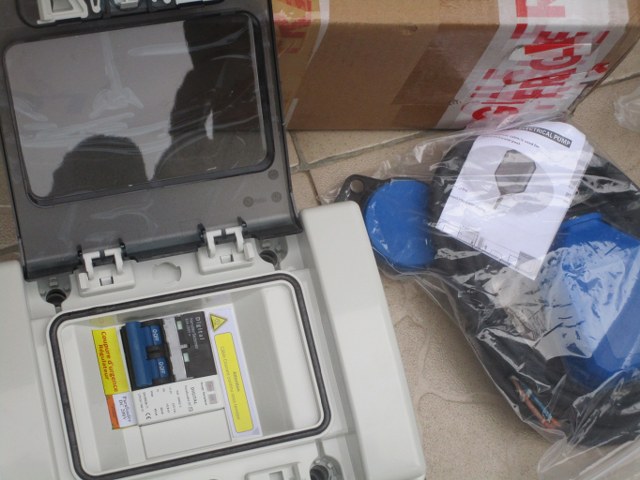
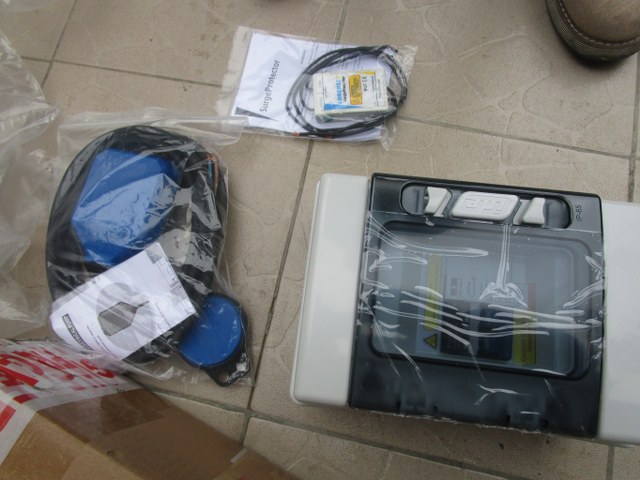
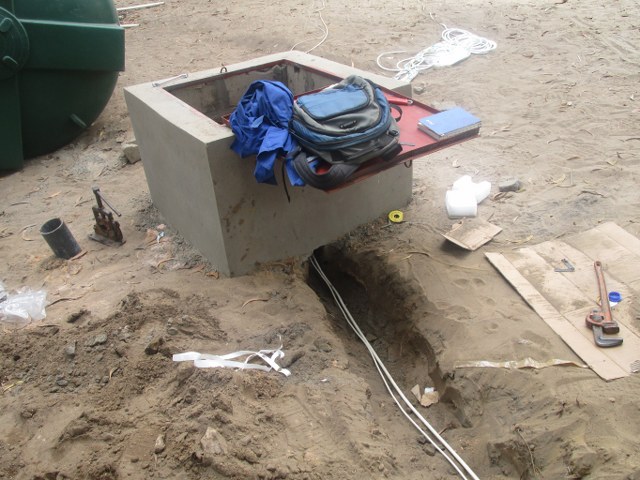
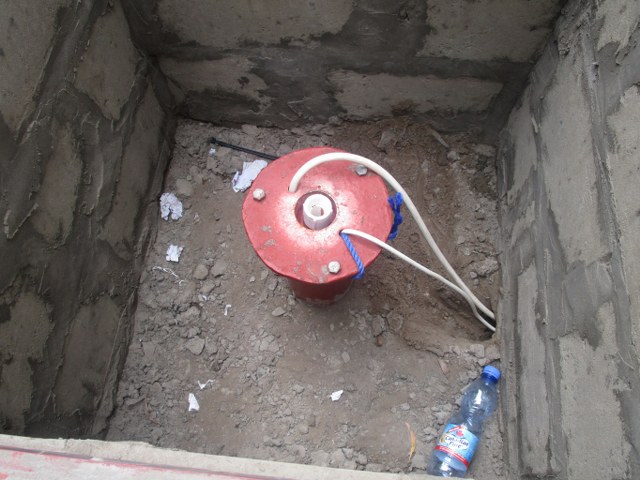
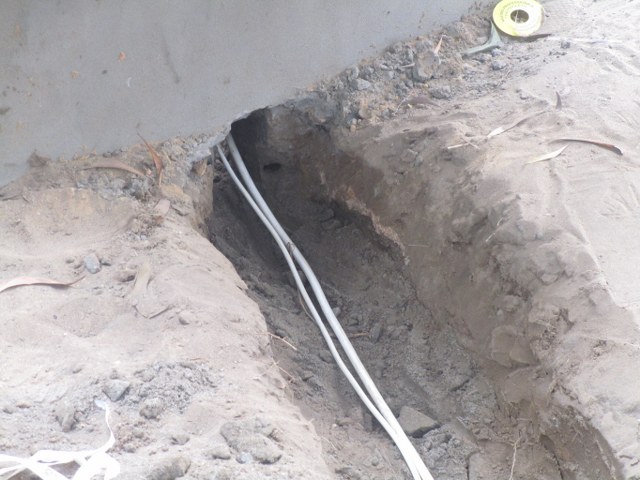
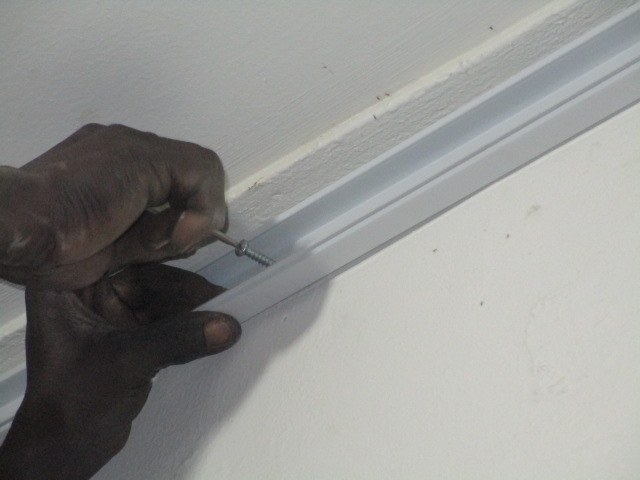
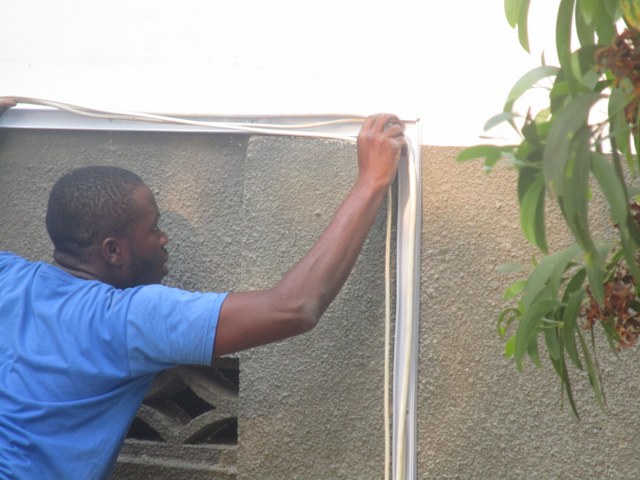
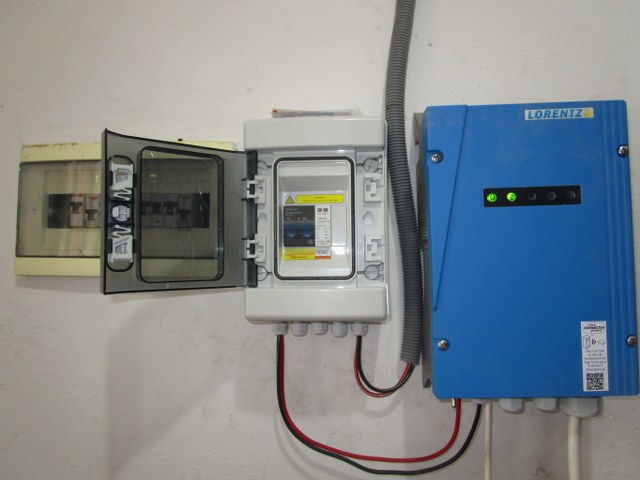
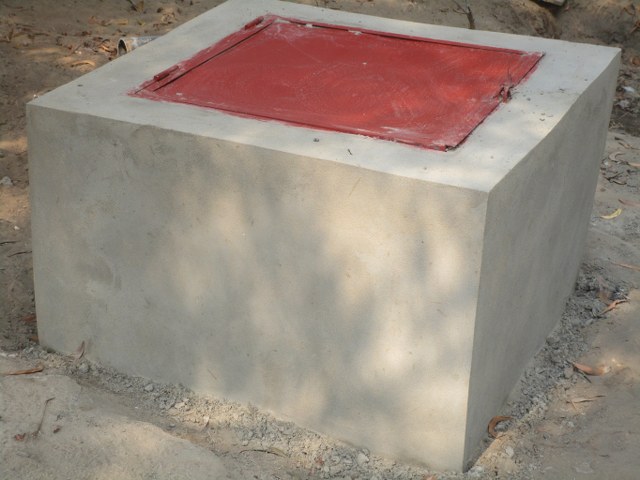
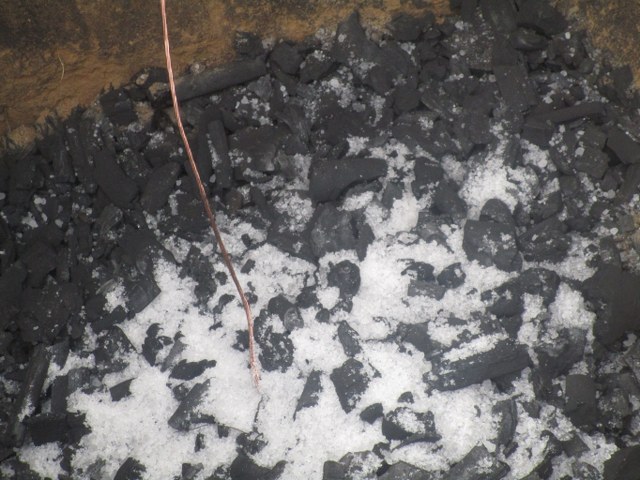
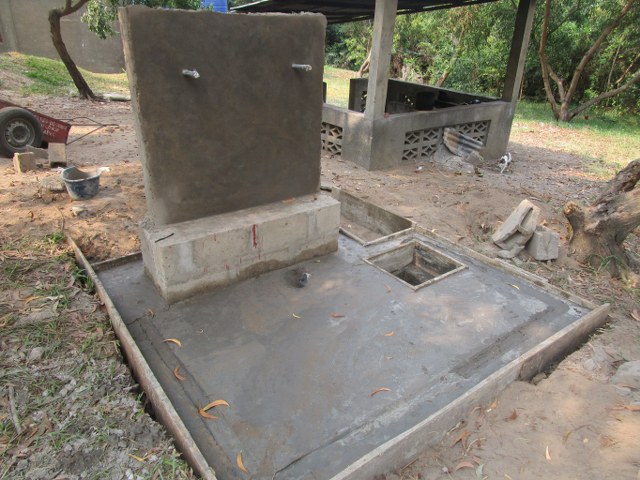

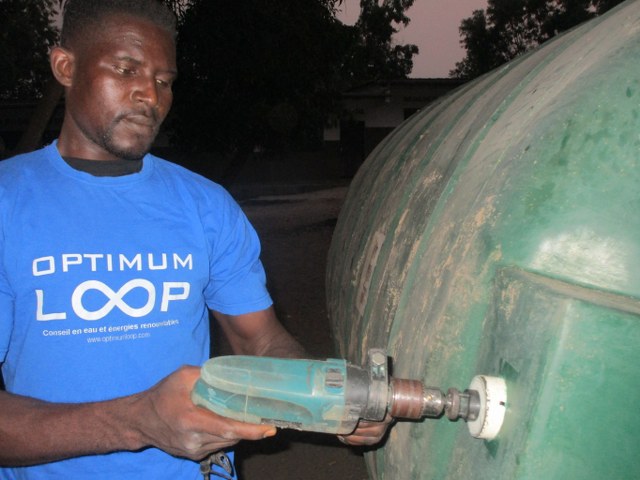
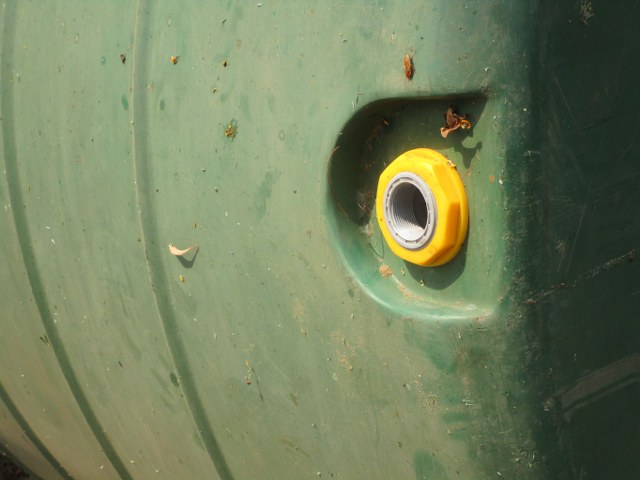
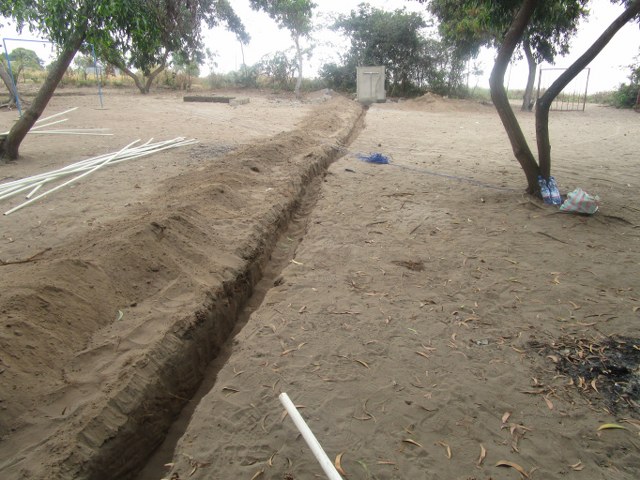
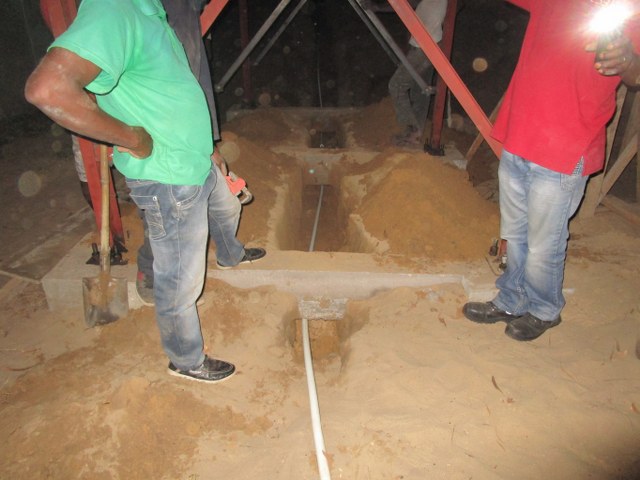
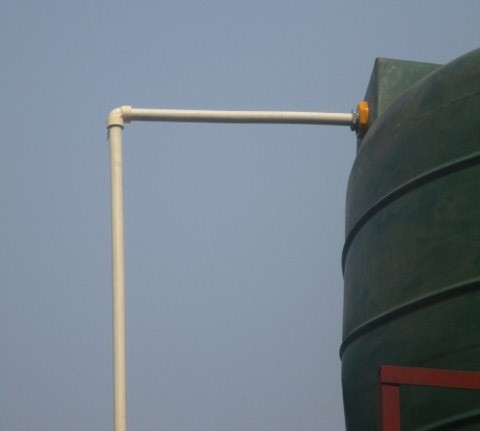
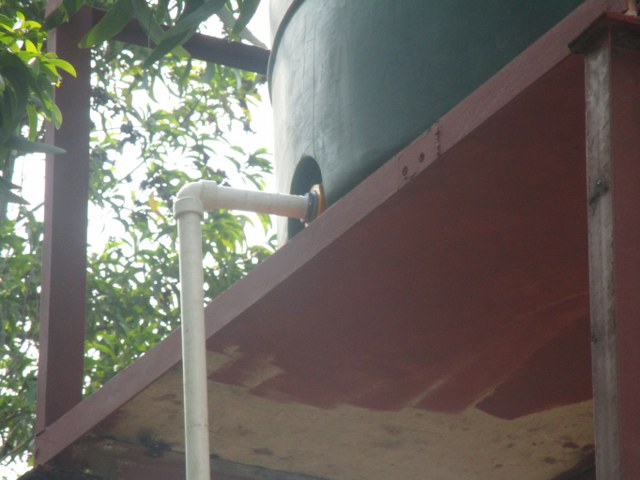
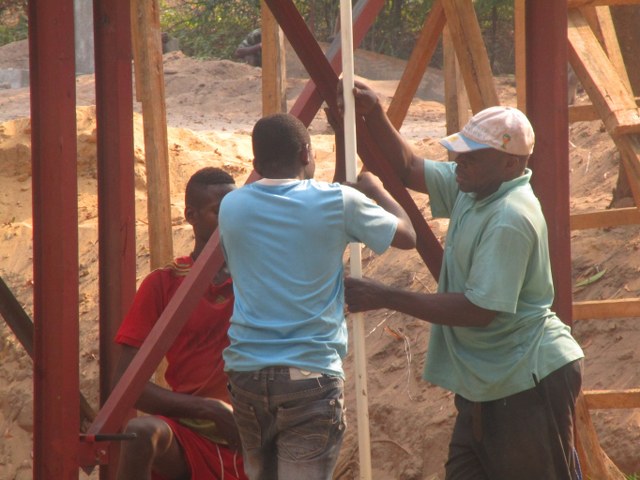
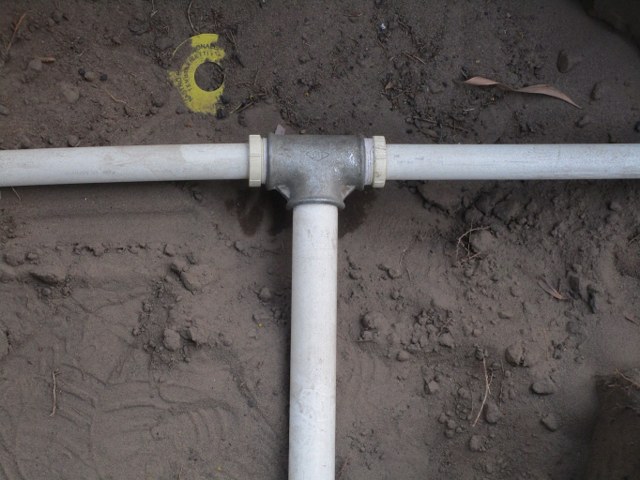
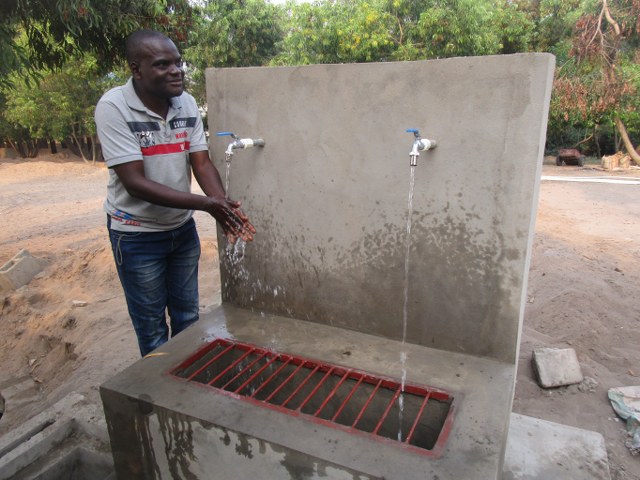
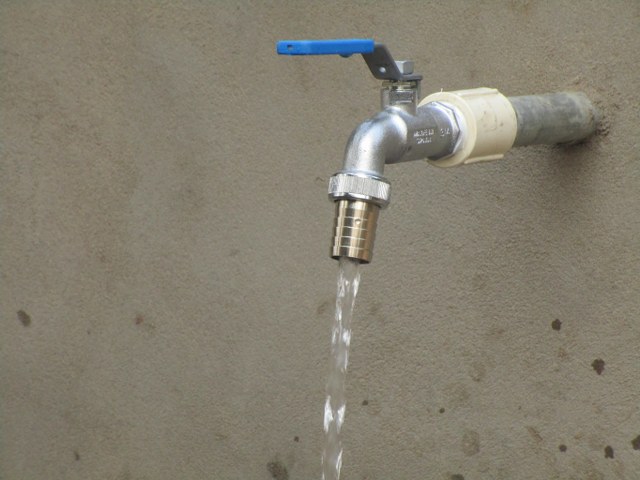
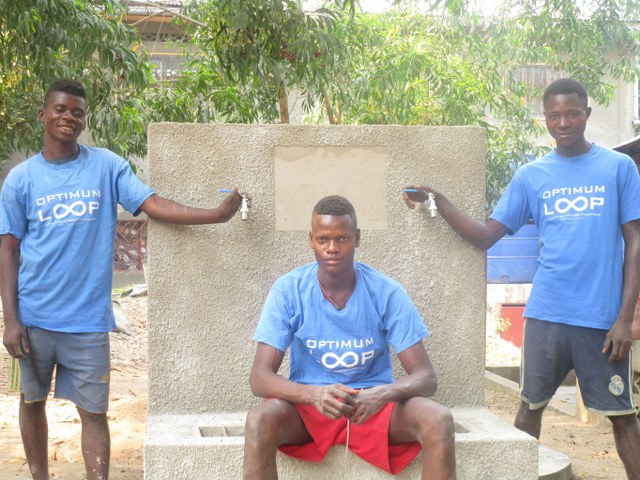
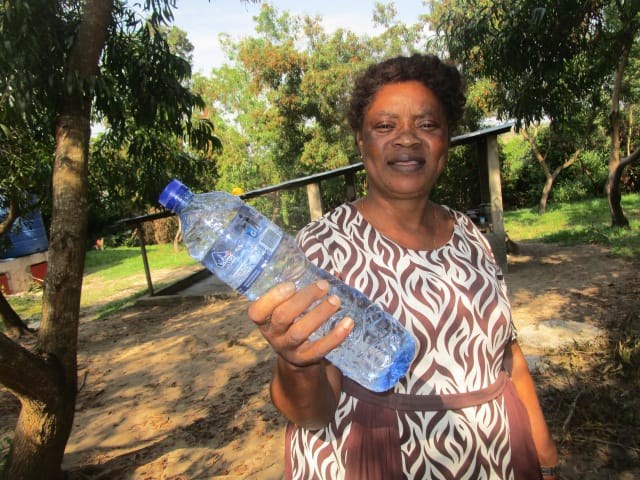

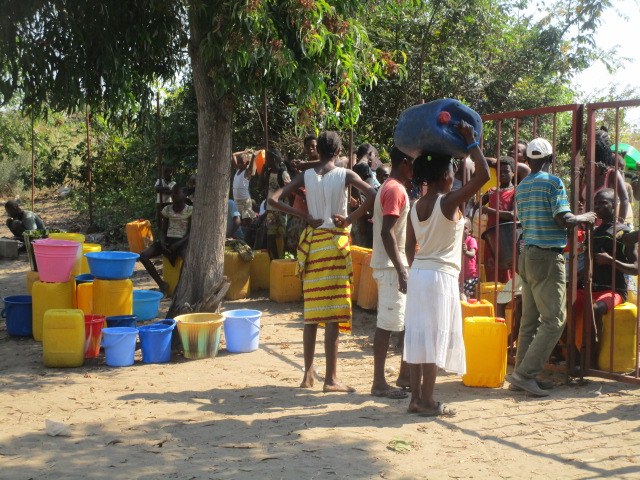
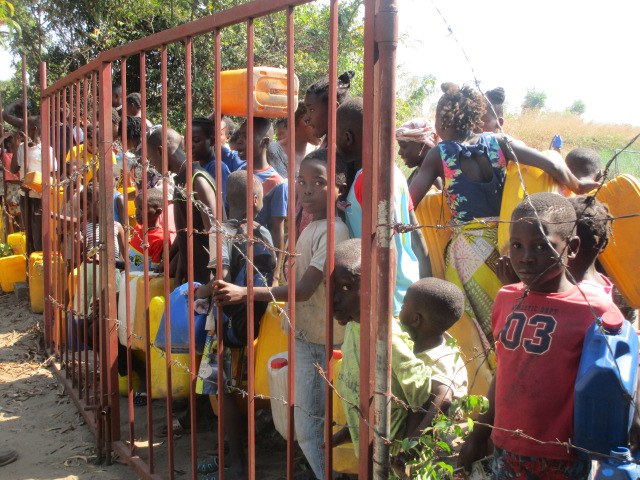

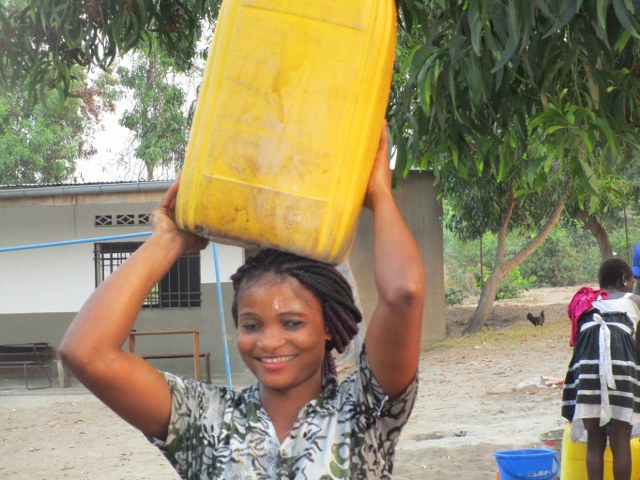
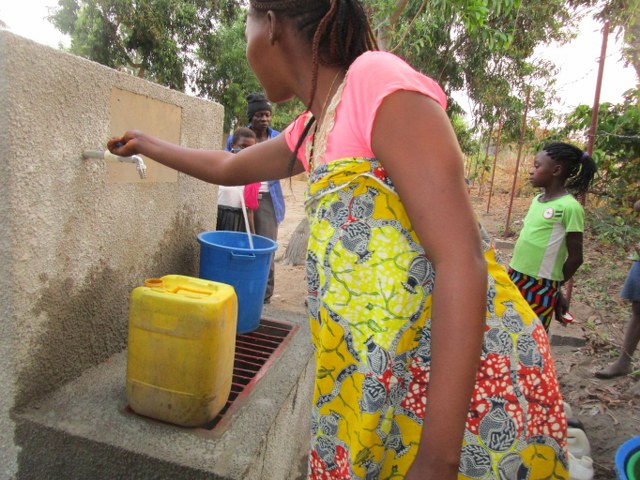
Comments
Completion of Clean Water Project in Kikimi–August 2018 — No Comments
HTML tags allowed in your comment: <a href="" title=""> <abbr title=""> <acronym title=""> <b> <blockquote cite=""> <cite> <code> <del datetime=""> <em> <i> <q cite=""> <s> <strike> <strong>